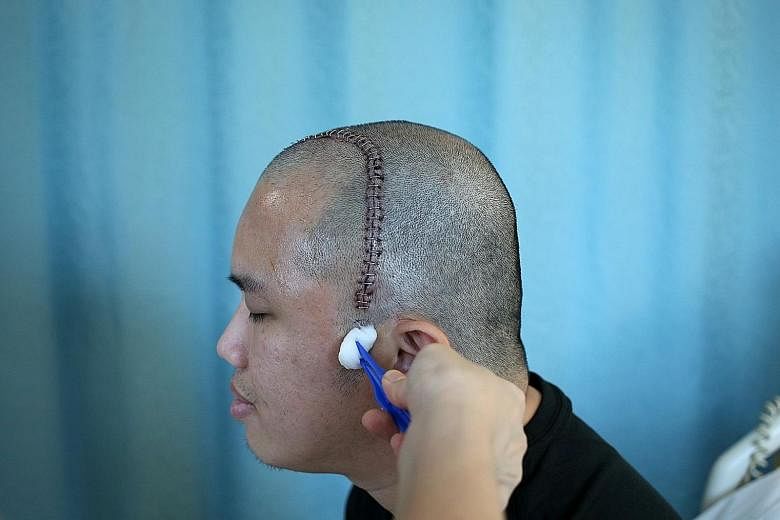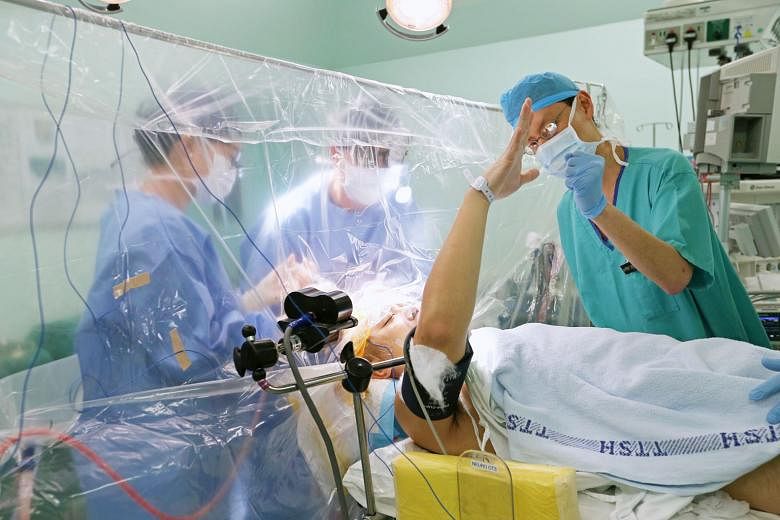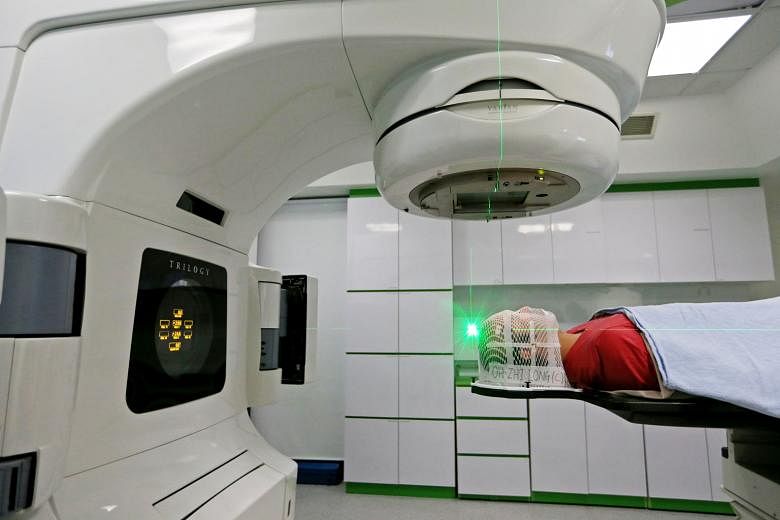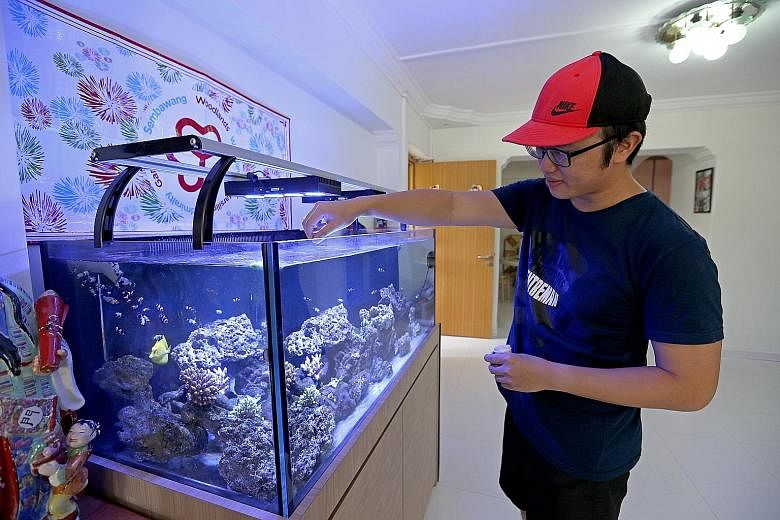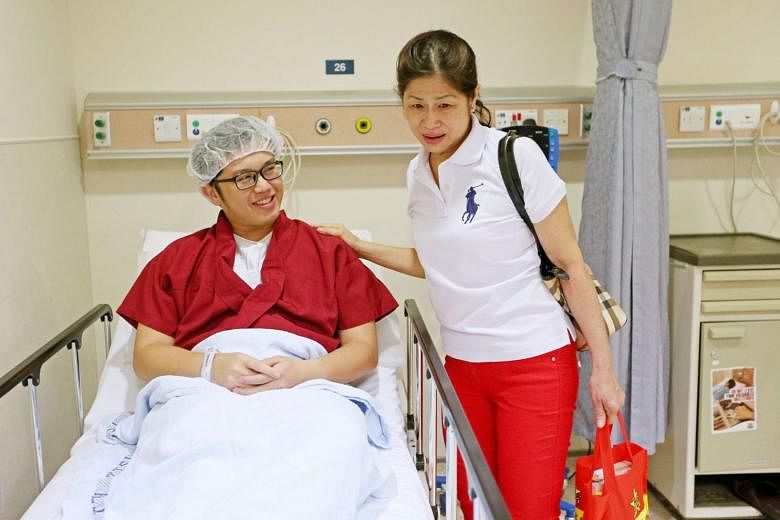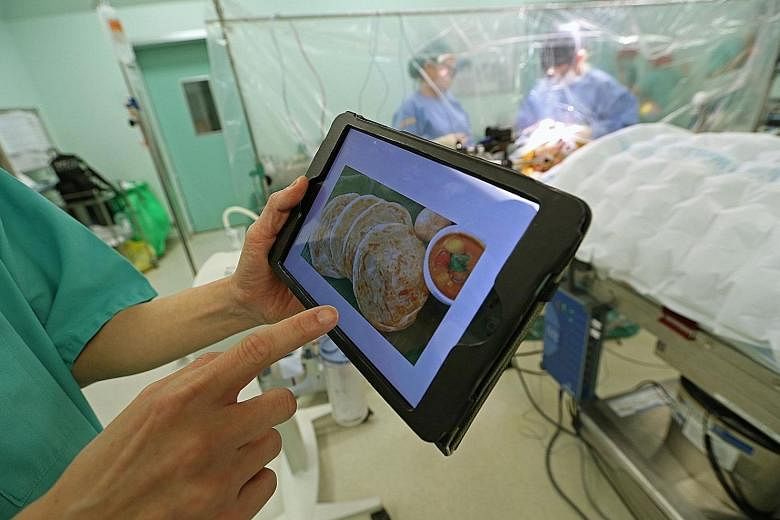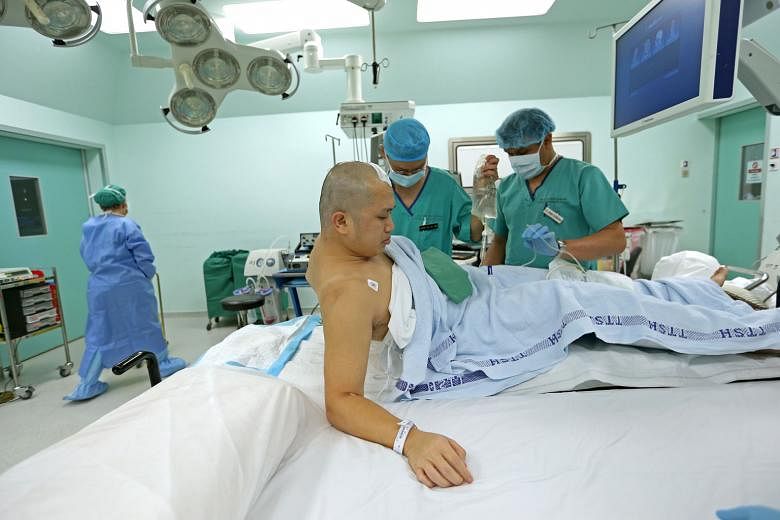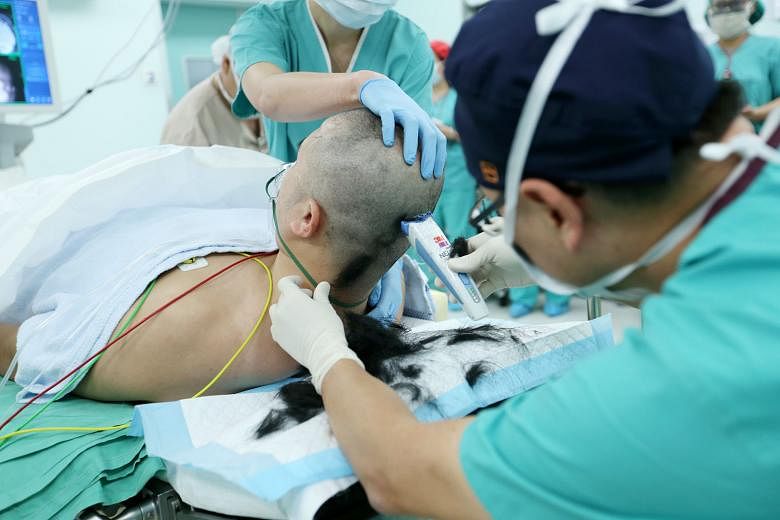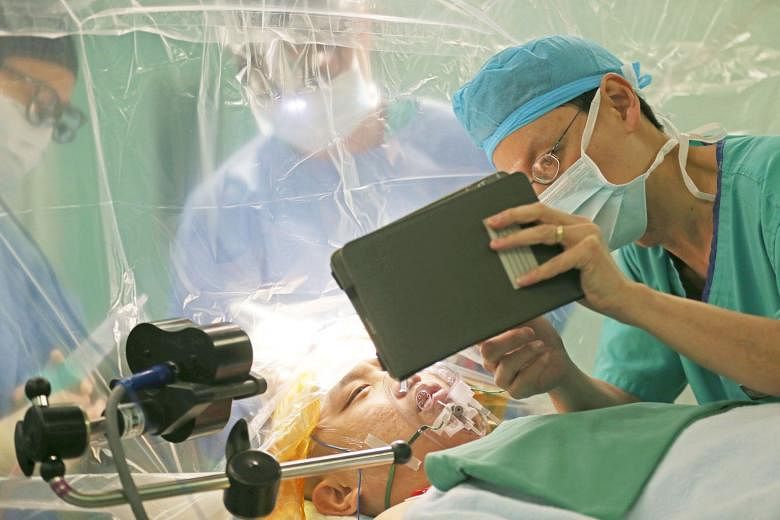He lies in the operating theatre, still and seemingly asleep.
Part of his head is behind a transparent curtain. From behind, his skull has been sawn open and neurosurgeon Ng Wai Hoe begins the delicate process of removing a walnut-size tumour from the deep recesses of his brain.
Already a subscriber? Log in
Read the full story and more at $9.90/month
Get exclusive reports and insights with more than 500 subscriber-only articles every month
ST One Digital
$9.90/month
No contract
ST app access on 1 mobile device
Unlock these benefits
All subscriber-only content on ST app and straitstimes.com
Easy access any time via ST app on 1 mobile device
E-paper with 2-week archive so you won't miss out on content that matters to you
